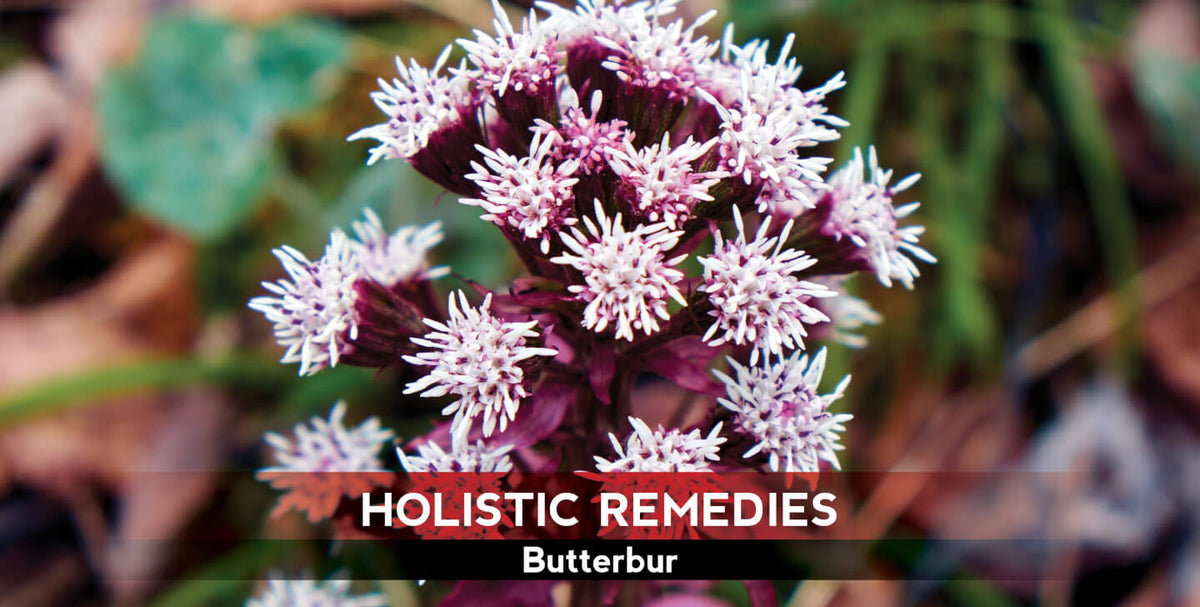Butterbur: The Migraine Mitigator

The Spartan Guide to Butterbur
The Claim In the Middle Ages, people used butterbur, a shrub that grows in Europe, Asia, and North America, to treat fever and, yes, the plague. Today, products extracted from the plant’s root, underground stem, and leaves are used to target migraine headaches, allergic rhinitis, or hay fever.
The Evidence Based on well-designed, high-quality studies, two medical groups—the American Academy of Neurology and the American Headache Society—have endorsed butterbur extract made from the plant’s underground bits (the roots and rhizome) to cut migraine frequency. That’s big—it’s relatively rare for mainstream health organizations to get in on herbal medicine. A few smaller studies on butterbur root or leaf extracts hint that they may reduce allergy symptoms, too, by acting as herbal antihistamines. “Because it has properties that help migraines and it works as an antihistamine, I often use it in patients who have both issues, or in whom their allergies trigger migraine headaches,” says Sezelle Gereau, M.D., an integrative ear, nose, and throat doctor at the Blum Center for Health in Rye Brook, New York.
Before you start stocking up your medicine cabinet, though, a couple things to keep in mind: One, the herb’s long-term safety hasn’t been established. Two, there’s a reason the positive research has focused on extracts—raw, unprocessed butterbur (such as tea) is unsafe because it contains harmful substances called pyrrolizidine alkaloids (PAs), which can damage the liver and lead to serious illnesses. Because of this, butterbur has been withdrawn from the European market thanks to perceived safety issues. If you’re interested in giving the herb a try, look for butterbur products labeled “PA-free.” “Care should be taken in patients with existing liver damage and on medications that are metabolized through the liver,” Gereau adds. Butterbur’s safety also hasn’t been established in children.
How to Use It To prevent migraines, most researchers gave patients 100 milligrams twice a day with meals. Some scientists recommend trying that for four to six months, then lowering the daily dosage until you notice migraine frequency increasing. For hay fever, many clinicians recommend taking 50 milligrams twice a day. As with all herbal supplements (but this one, especially!), talk to your doctor about dosing and safety.




